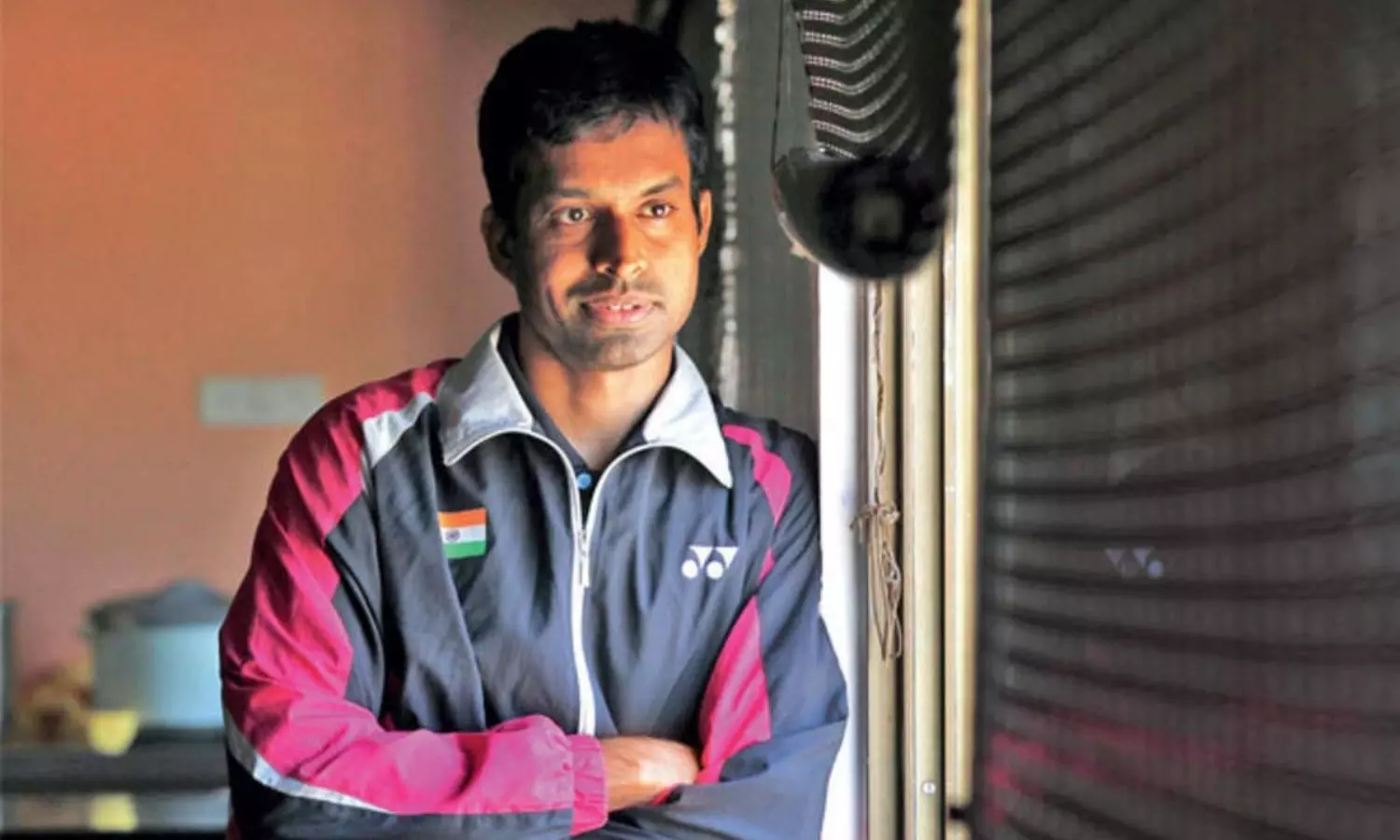Opinion
Opinion: Why Gopichand's take on sport as a career is both harsh and honest
Gopichand’s statement throws light on athlete struggles and systemic issues in Indian sports.

Pullela Gopichand's statement on sports is both problematic and sensible. (Photo credit: Gopi/IG)
Pullela Gopichand, India’s national badminton coach and the mastermind behind the success of several top Indian shuttlers, recently made a statement that has sparked significant debate.
Speaking to The Times of India, Gopichand said, “I advise parents not to put their children in sports. We are not in a position to offer sports as a career. Unless the children are from rich backgrounds or have a family business, it is not advisable for children to take up sport.”
His remarks raise uncomfortable but necessary questions about the feasibility of sports as a profession in India.
While his statement may seem discouraging, it also highlights the harsh realities that many athletes face - financial instability, lack of post-retirement opportunities, and a system that largely rewards only the elite performers while leaving the rest struggling to eke out a living.
A problematic statement
The idea that only the privileged should pursue sport contradicts the very essence of sport as a medium of social mobility.
Many of India’s finest athletes, including those who have won Olympic medals, hail from humble backgrounds and have overcome adversity to achieve greatness.
Telling parents that sport is a futile pursuit unless they are financially secure sends a discouraging message to aspiring athletes who dream of making it big.
This kind of thinking risks perpetuating a cycle where only the privileged few get the opportunity to train, compete, and succeed, reinforcing economic barriers rather than breaking them.
Moreover, discouraging young athletes instead of pushing for systemic reforms can be seen as resigning to the problem rather than challenging it. Instead of warning parents against sport, should we not demand better structures that support athletes post-retirement?
If every aspiring athlete were to heed Gopichand’s advice, India’s sporting progress could stagnate, limiting the talent pool to only those who can afford to take risks.
Another major concern is how such a statement could impact grassroots sport development. If parents start believing that sport is not a viable career option for their children, fewer young athletes will enter professional training systems.
This could create a long-term decline in India’s sporting talent, ultimately affecting the country’s performance on international stages. Encouragement at the grassroots level is vital for producing world-class athletes, and statements like these might unintentionally drive away future champions before they even begin.
Yet, there is another side to the coin.
Post-retirement woes
Despite its problematic framing, Gopichand’s statement stems from a place of realism. The truth is that India lacks a comprehensive safety net for athletes who don’t make it to the elite level.
Unlike countries with robust sports ecosystems - where retired athletes have avenues in coaching, sports administration, or academic institutions - India still fails to provide structured post-career pathways.
Athletes who do not succeed at the highest level often find themselves at a disadvantage, having sacrificed their education and career prospects for a dream that did not materialize.
Furthermore, financial struggles are a significant burden on many athletes. While cricket offers lucrative contracts and sponsorships that come in handy once players hang up their boots, most other sports fail to provide long-term financial security.
The absence of pension plans, inadequate funding, and a lack of corporate or governmental backing push several former athletes towards uncertain futures.
From this perspective, Gopichand’s advice is not an attempt to stifle dreams but a reality check- one that urges aspiring athletes and their families to be aware of the risks before committing to a career in sports.
Another crucial factor to consider is the risk of career-ending injuries. Unlike corporate jobs, where setbacks can often be managed and overcome, an injury can instantly end an athlete’s career, sometimes well before they even reach their peak.
Most Indian athletes do not have backup plans, as they dedicate their entire youth to rigorous training, often sidelining academics.
Without a degree or alternative career skills, they struggle to transition into other professions, leaving them financially vulnerable. Gopichand’s statement, while stark, serves as a reminder of the urgent need to address this glaring gap in athlete welfare.
Moreover, he raises a valid point about how even accomplished athletes are not always treated with the respect and security they deserve.
He cites cases like hurdler Jyothi Yarraji, who struggled to find a job despite winning an Asian Games silver medal, and former hockey stars like Dhanraj Pillay and Mukesh Kumar, whose post-career struggles highlight a larger issue.
If elite athletes who have won international medals struggle to secure stable livelihoods, what hope does the lesser accomplished athlete have?
Balancing realism with reform
Rather than outrightly dismissing Gopichand’s statement, the powers that be should pay heed and call for reform in Indian sports.
The need of the hour is not discouragement but systemic changes that ensure no athlete is left without a livelihood once their sporting career concludes.
Sports federations should create structured career transition programs, integrating coaching, administration, and mentorship roles for retired athletes.
Training in financial management should be provided at early stages to help athletes plan their earnings wisely. Dual-career pathways, allowing athletes to pursue higher education alongside their sporting careers, must be developed.
Sports organizations must introduce robust insurance schemes to support athletes in case of career-threatening injuries. More initiatives should be introduced to help retired athletes transition into other careers, and government job quotas and corporate partnerships that aid that cause.
A greater push for sponsorships, endorsements, and structured programs in non-cricketing sports can provide athletes with more financial stability.
Gopichand’s statement is both problematic, yet it highlights the failures of the Indian sporting ecosystem at large.

